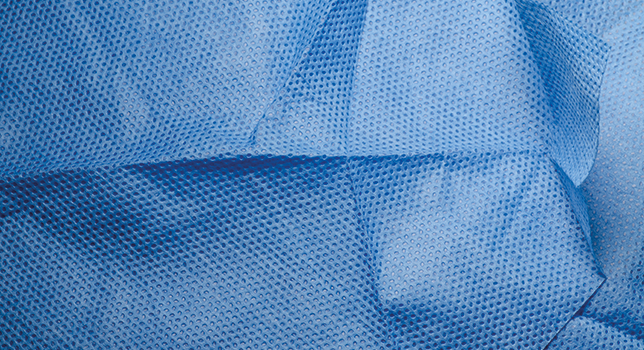
- In 2024, the global consumption of nonwovens will be 15.2 million tonnes, valued at $62.8 billion
- In 2029, consumption of nonwovens globally is forecast to reach 21.3 million tonnes
- Disposable end uses hygiene products (nappies/diapers, toddler training pants, adult incontinence wear) and wipes are the largest sectors in 2024 and 2029, in terms of volume consumption.
Nonwovens are projected to benefit from the oversupply of nonwovens globally (offering lower cost and availability) and markets which are either recession resistant (for example, baby diapers) or recession enhanced (for example, geotextiles/ civil engineer nonwovens for infrastructure projects used by governments to stimulate economic growth).
Our exclusive content
- The forecast growth rates of the global nonwoven market between 2024 and 2029
- This report examines both durable and disposable nonwovens. Disposable nonwovens are usually single-use products, such as diapers, feminine hygiene products and most wipes. Durable nonwovens usually have extended use or can be used multiple times, such as filters, automotive carpet, mattress fabrics, road underlay and weed control fabric
- Durable nonwovens will retain the larger share of the market from 2024 to 2029, at nearly 60%.
- Future expansion in nonwoven demand will be driven by emergent markets, mainly in Asia, while sustained demand and technical innovations will stimulate developing markets
- In value terms, projections to 2029 show faster growth for durable nonwovens than for disposable nonwovens
- Both disposable and durable nonwovens continue to grow faster in square meters than for tonnes, as the trend toward lower basis weights (and more square meters per tonne) continues.
This report is based on extensive primary and secondary research. Primary research consisted of targeted interviews with material suppliers, converters and experts drawn from key markets. This was supported by secondary research in the form of extensive literature analysis of published data, official government statistics, domestic and international trade organisation data, company websites, industry reports, trade press articles, presentations, and attendance at trade events.
Who should buy this report?
- Nonwovens manufacturers
- Hygiene component suppliers
- Wipe suppliers
- Raw material suppliers and producers
- Machinery and equipment suppliers
Phil Mango has spent almost 40 years in the nonwovens industry. He has held various positions and areas of expertise within the industry, from applications management for the global leader in nonwoven binders to technology director for the world’s largest airlaid producer, to founder, owner and head of operations for his own nonwovens company. He entered the consulting field in 2003 and has authored more than 35 reports for Smithers.
Name The Future of Global Nonwovens to 2029
Date 11/23/2023
Price
$6750.00
$6075.00
Download Brochure
CancelGet in touch
Upcoming Events:



